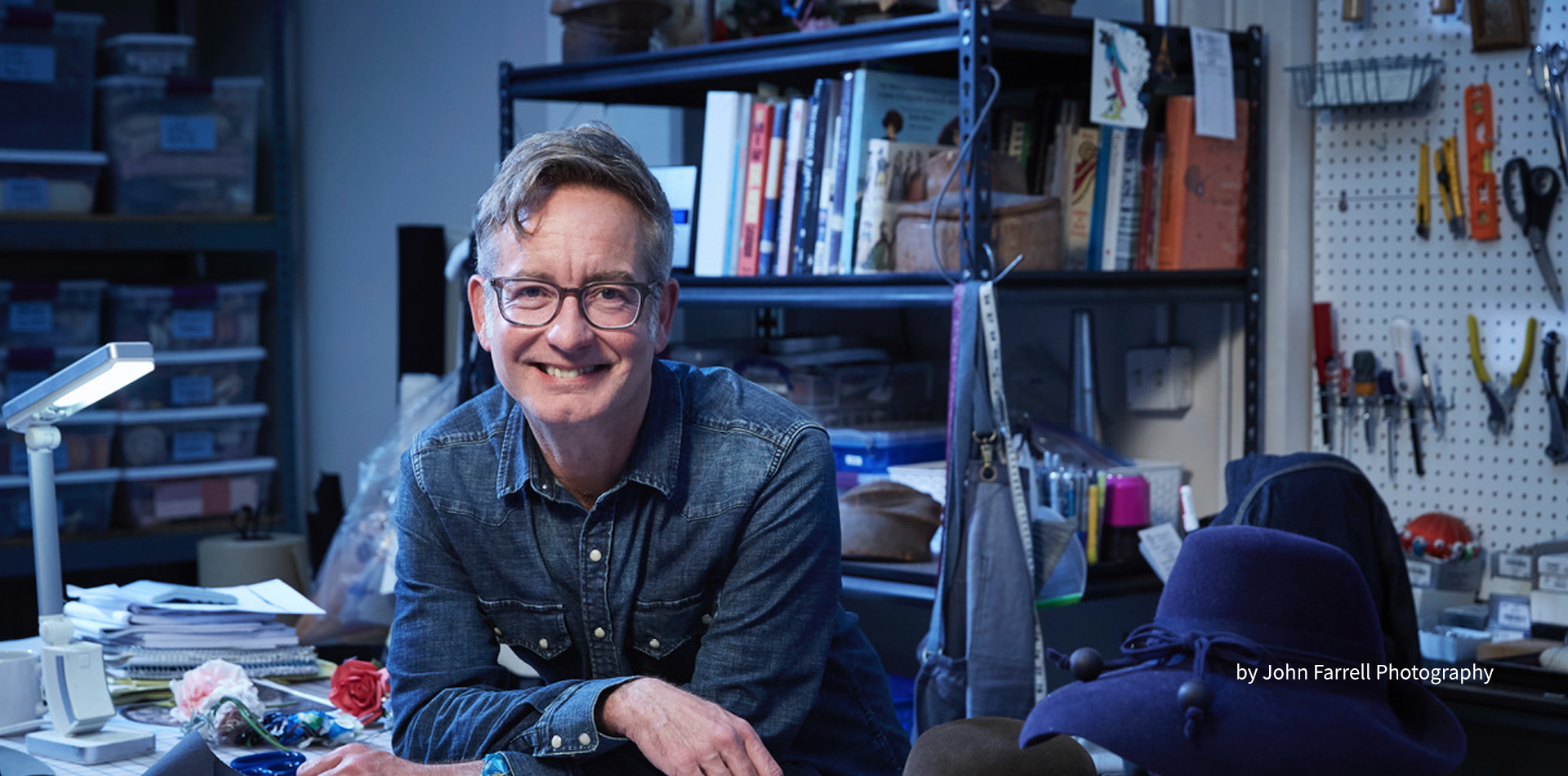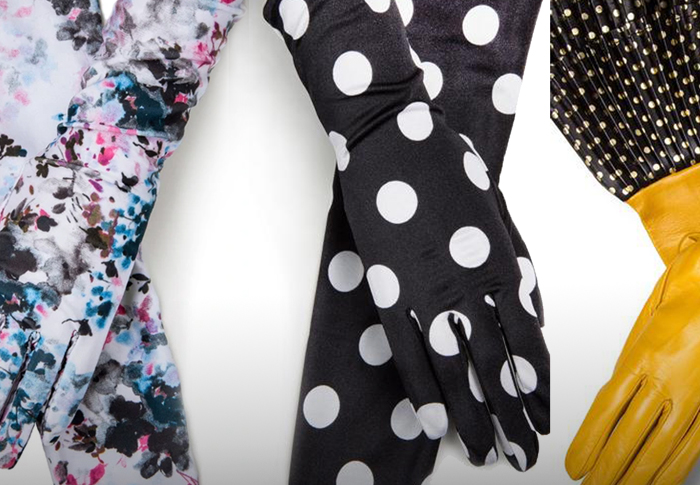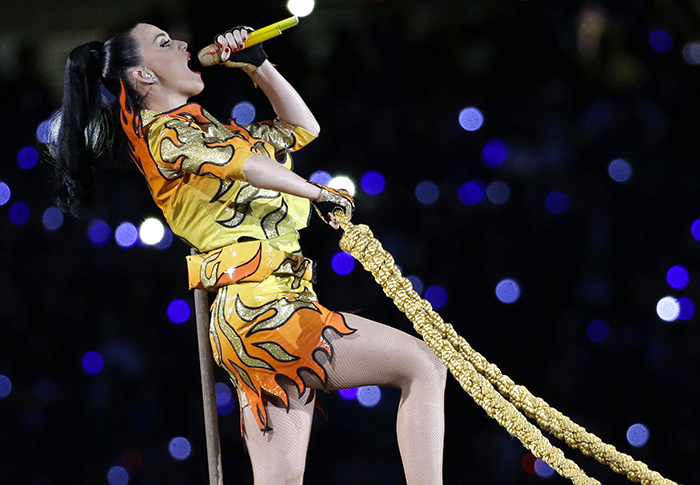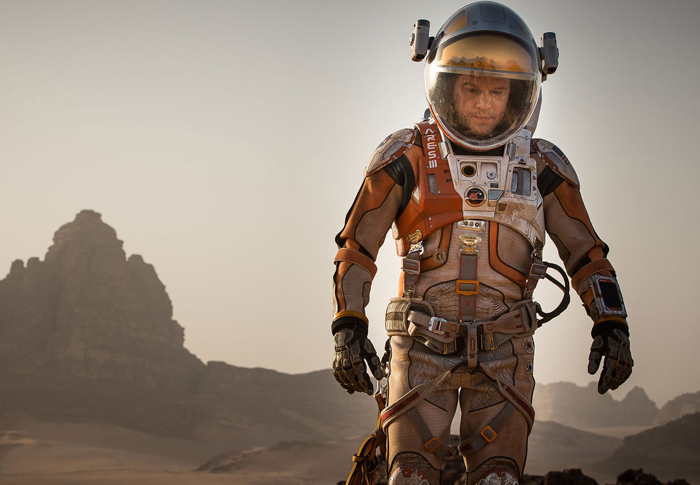By Anna Wyckoff | February 1, 2019
Focus on Millinery
Like no other article of clothing, the hat is an embodiment of its wearer. It has functioned historically as a social signifier, revealing characteristics as diverse as class, occupation, and personal style. Only during the last half of the last century did habitual hat wearing finally slip out of favor, due to a number of circumstances–not the least of which was the rise of casual attire and the inconvenience of wearing a hat in an automobile.
After the 1970s, only fierce individualists persisted in wearing hats, but recently there has been a hat revival for both men and women. However, like many casualties of mass production, the new stamped-out hat bodies share few qualities with their predecessors. In order to submit to the bottom line, modern hats are usually available in only one size. As a result, most hats seen on the street today are either too big or too small, and have a comic, rather than natty effect. But consumers cannot be blamed for the lack of haberdashers, hatmakers and milliners in a retail marketplace that cannot support them.
Millinery, or the art of making hats, is now practiced by a select few. We are featuring two milliners: Patrick Rodgers from Western Costume and Deborah Ambrosino. We also spoke with the proprietor of California Millinery Supply Company, Irene Arroyo. In the world of film and television, a costume designer can be asked to evoke any year in the past, present, and even the future. Here are some of the resources that make this enterprise possible
Photos top left and bottom middle by John Farrell Photography



Western Costume
Patrick Rogers is the Head Milliner here at Western Costume Company. The Millinery Department has constructed custom hats for nearly a century. Also, they keep Western’s extensive stock in top form. Beyond the clamor of Western’s warehouse, the hat workshop is nestled at the end of a quiet corridor. Large tables are scattered with tools, hat blocks, and current projects. The room has an air of placid civility underscored by the faint hum of a sewing machine.
Costume designers typically come armed with extensive research. Before finalizing a design, the construction process includes building and fitting samples that are based on references. All of the work is handmade, in the sense that while some of it is constructed by a sewing machine, it is not manufactured. Even on a large project, only a few of a kind are built. The importance of hats is unquestioned. Often actors are shot from the chest up and the scale changes dramatically. In medium shots and closeups, the hat fills the screen and can become a powerful expression of character, framing the face. At a distance, the silhouette of the shape helps tell the story. Projects include Ratched, Hollywood, Mank, Coming to America 2, Perry Buster Scruggs, Penny Dreadful, Army of the Dead, The United States vs. Billie Holiday, Midway, Wrinkle in Time, Call of the Wild, Pose, and The Haunting of Bly Manor.
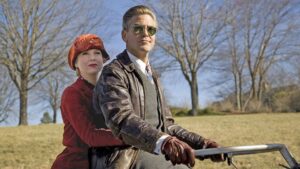
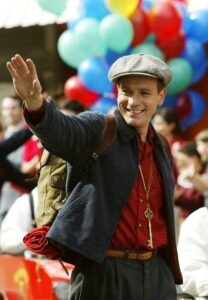
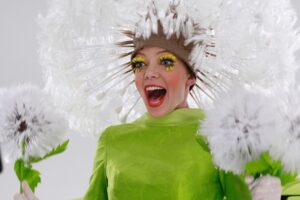
Deborah Ambrosino
Like many customers, Deborah Ambrosino’s career path was triggered by a fascination with vintage clothing. When she sought to pursue this interest on another level through curatorial work, she was sidelined by a mandatory theatre costume class. After that indoctrination to costume, she never looked back.
Ambrosino describes herself as a specialty costume craftsperson with a strong background in millinery. After years of focusing on hatmaking in films like “The Patriot,” Ambrosino says she “made a conscious effort to change my classification with the union.” She is usually hired by the costume designer as the lead of the specialty costume department. Ambrosino researches then develops prototypes based on illustrations, research, or both. As a film enters production, problem solving begins, crewmembers are added to her team, and costume pieces are constructed.
At the moment, Ambrosino is working on “Thor,” which she describes as “strangely enough, very theatrical. There is a lot of fantasy in the different worlds that Thor lives in. The characters that populate that world are fantastical but not superheroes, which is great… there is a heightened realism.” For this project, Ambrosino is employing her metalsmithing knowledge to create armor and jewelry, in addition to some millinery and leatherwork.
Some of her recent notable millinery projects include the fanciful dandelion headdresses for the television show “Pushing Daisies,” which are floral by way of the 1960s, and equally delicate and graphic. In the 2008 film “Leatherheads,” Ambrosino created a closet of over fifteen exquisite cloches to coordinate with Reneé Zellweger’s many costume changes. Additionally, in the unreleased “The Last Airbender,” she fashioned numerous headdresses and hats for the film’s townspeople and villagers.
As a specialty costume craftsperson, Ambrosino also completed “Alice in Wonderland,” “Avatar,” and “Transformers,” among other films in 2009. After years of perfecting her craft, it is this range and diversity that demonstrate the crucial role Ambrosino and others like her play in realizing the costume designer’s vision for a character.
California Millinery Supply Company
Irene Arroyo
On a forgotten stretch of Spring Street in downtown Los Angeles lies California Millinery Supply Company, tucked behind a dusty facade. The searing brightness of the concrete and the drone of traffic fade as you step over the threshold, seemingly into the past. A long glass counter runs nearly the length of the shop, above which white buckram forms dangle from a wire. The opposite wall is lined with narrow shelves overflowing with vintage trimmings. Closer inspection reveals quills and wings, the delicate legacy of plumassiers past, pom-poms, rosettes in ribbon and raffia, appliqués, passementerie, dotted nets, and spools of grosgrain, velvet, and satin ribbons.
“They have been with us from the beginning. We haven’t resupplied; when it goes, it is gone,” says owner Irene Arroyo regarding the curious artifacts. “We have the last of the beavers… which for many years we couldn’t sell because it was on the endangered species list. They are beautiful pieces,” she adds.
Arroyo has an MFA from USC in costume design, and she worked predominately in theatre but also dabbled in film and television before purchasing California Millinery. Originally located on Hill Street, the business was founded in 1939. In 1982, Arroyo assumed ownership and moved the company to Spring Street in 1987. Five years later she merged the business with California Hatframe Works.
California Millinery is a resource for buckram, hatframes, bodies and hoods in felt and straw, as well as the aforementioned trimmings. But they do not sell finished hats. “The customer makes the unit,” explains Arroyo. Her clients range from film and television costume departments, Las Vegas shows, and theatre companies, to dance academies, doll makers, craftspeople, and fashion schools. Since the advent of the internet, her niche has expanded globally, and Arroyo is thrilled. “I have people that come in from Japan… a lot of creative people all over the world. It’s just fascinating, it’s wonderful.”


